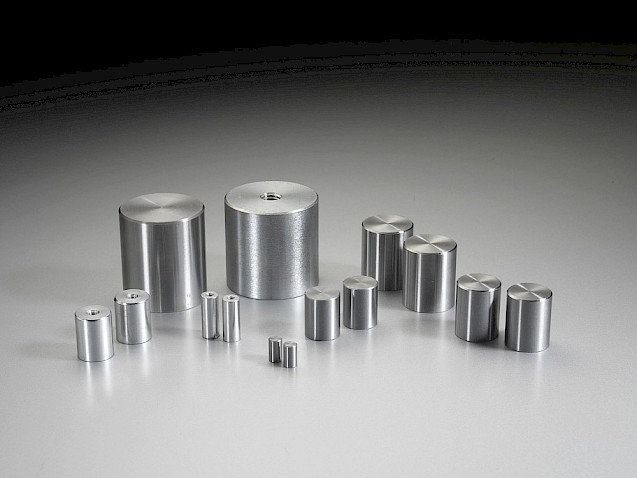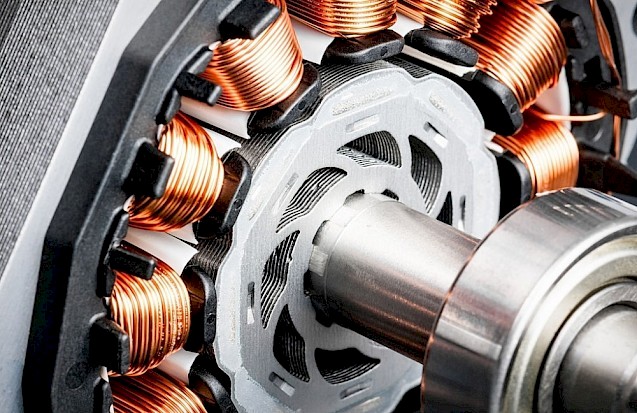Alnico Deep Pot Magnets (With Threaded Hole)
Powerful clamping forces ideal for mounting threaded components

Alnico magnets have the best temperature coefficients of any magnet material. Alnico magnets are a best choice in extremely high temperature applications.
Alnico magnets are Cast or Sintered.
Weaker Isotropic Alnico takes complex magnetic fields. Stronger Anisotropic Alnico has a fixed DoM axis.
Cast Alnico 5 is the most common grade of Alnico, with the LNG44 variant of Alnico 5 (Alcomax 3) being the most popular.
Advantages
Disadvantages

Example
A company was using Alnico to operate a Mass Spectrometer but they were struggling to achieve the required magnetic field to detect the materials they were testing for.
The solution was to use a higher strength of Alnico magnet assembly and then deliberately use the low coercivity of Alnico to demagnetize it slightly to tune the magnetic field in the assembly air gap to the required field strength.
The thermal stability of the Alnico meant that the field would be stable enough for the entire operation of the unit.